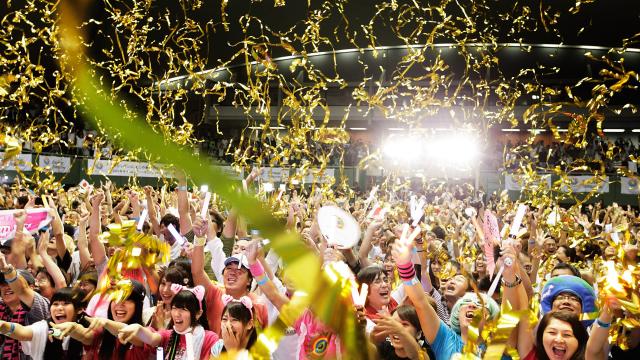Tokyo was chosen as the host of the 2020 Olympics this weekend, based on a $US5 billion bid that’s surprisingly slim compared to the money spent by other recent host cities. The crux of its proposal (besides that whole ice wall around Fukushima thing)? A plan to retrofit three major venues originally built for the 1964 Summer Games.
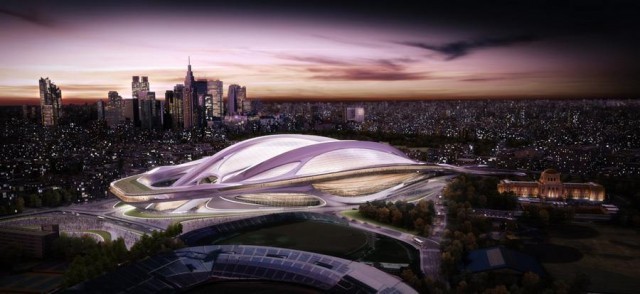
Though plenty are questioning whether the economic commitment could worsen Japan’s ongoing recession, Tokyo’s bid is a smarter, leaner vision of what’s traditionally expected of Olympic host cities. Rather than building entirely new venues, they’ll retrofit existing structures throughout the city — including the same stadium built for the 1964 Games, which will get a dramatic makeover by Zaha Hadid.
Working with the structural bones of the old stadium, Hadid will add a retractable roof and other contemporary perks — and save the city millions in the process. Two other 1964 venues (Nippon Budokan and the Tokyo Metropolitan Gymnasium, seen below) will also be used for the 2020 Games, and thanks to Tokyo’s excellent transit system, the city won’t need to invest much in new train and bus lines.
There will also be dozens of new structures built, but almost all of them will be wedged into downtown Tokyo to reduce transit times and energy costs. A compact Olympic Village will be built on Tokyo Harbor and, when the Games wrap up, it will be converted into housing. This plan has its roots in the 1960s, at least conceptually: In 1960, a young architect named Kenzo Tange proposed the construction of a massive housing development across Tokyo Bay. It was never built, but the plan influenced urban design for decades to come.

Though it wil be far less expensive, the 2020 bid hearkens back to the 1964 Tokyo Olympics, which were a triumph for the city and marked Japan’s complete reentry into the post-War world, bolstering the country’s incredible reconstruction effort. Huge infrastructural projects, like the rebuilding of Tokyo’s Port, were undertaken. The world’s first high-speed “bullet” train was completed to serve attendees. The amount spent to build venues, highways, train lines, and infrastructure was equal to almost 4 per cent of Japan’s GDP.
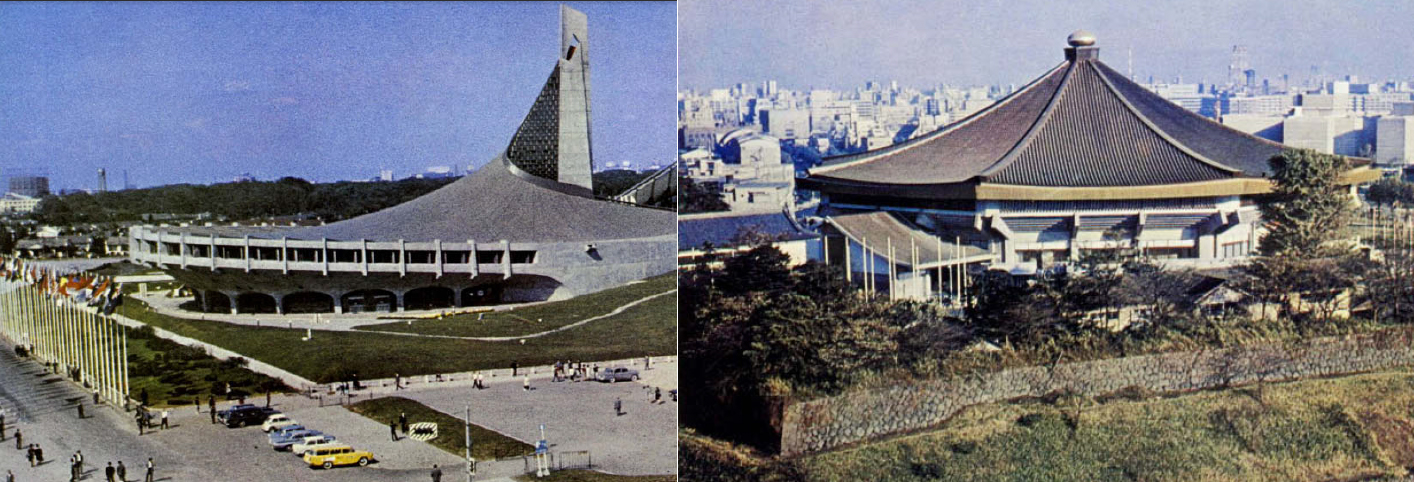
Nippon Budokan and the Tokyo Metropolitan Gymnasium, built in 1964.
The ’64 Games were also a technological milestone. These were the first events to ever be broadcast live across oceans, thanks to newly-installed deep sea cables. Modern photo-finish technology was implemented. Even the graphic design effort behind the Games was remarkable: A series of brilliant non-verbal pictograms were developed by Yoshiro Yamashita, serving to transcend the language barriers that divided visitors and athletes.
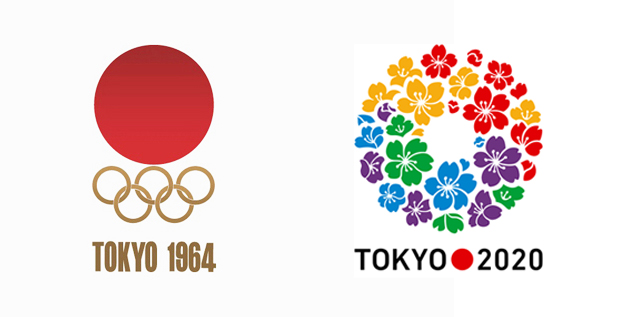
Much has changed since 1964. Whether thanks to doping scandals and accusations of corruption, or the fact that most cities end up deeply in debt with dozens of huge, empty venues, the Olympics have lost both the social and economic halo that buoyed them in the 1960s and 70s. 2020 is a chance to reclaim some of that optimism. If any city can buck the bloated, wasteful, and cynical public image of the Olympics in recent years, it’s probably Tokyo.
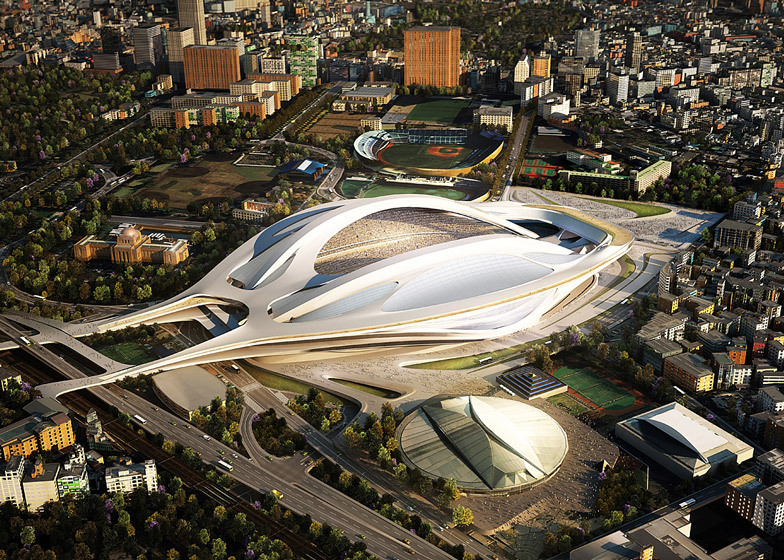
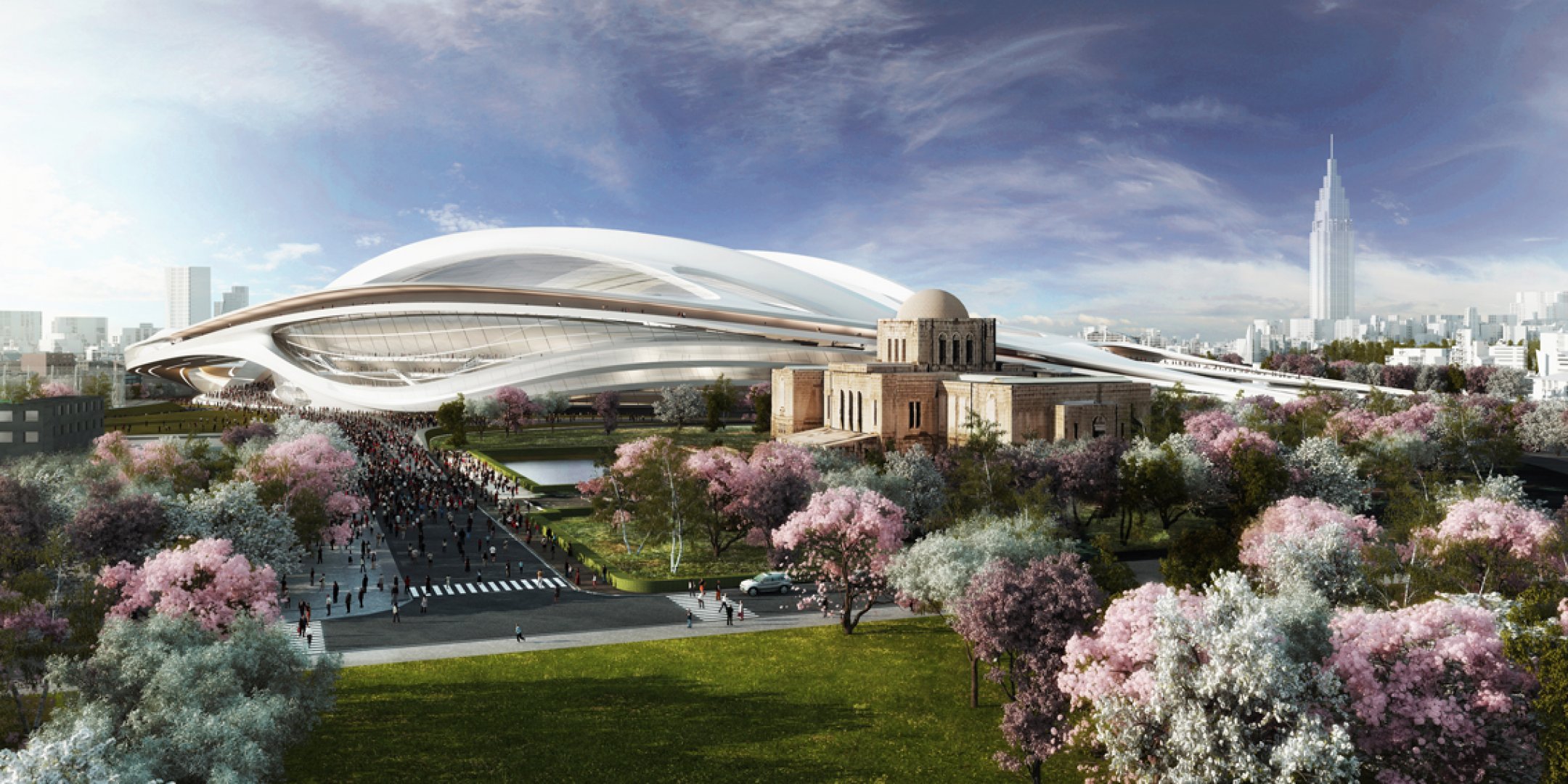
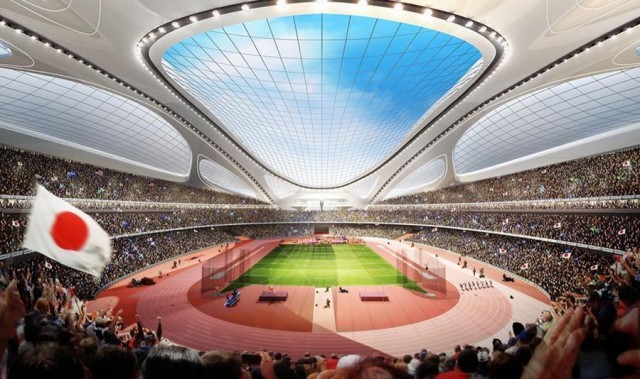
Picture: Adam Pretty/Getty Images
